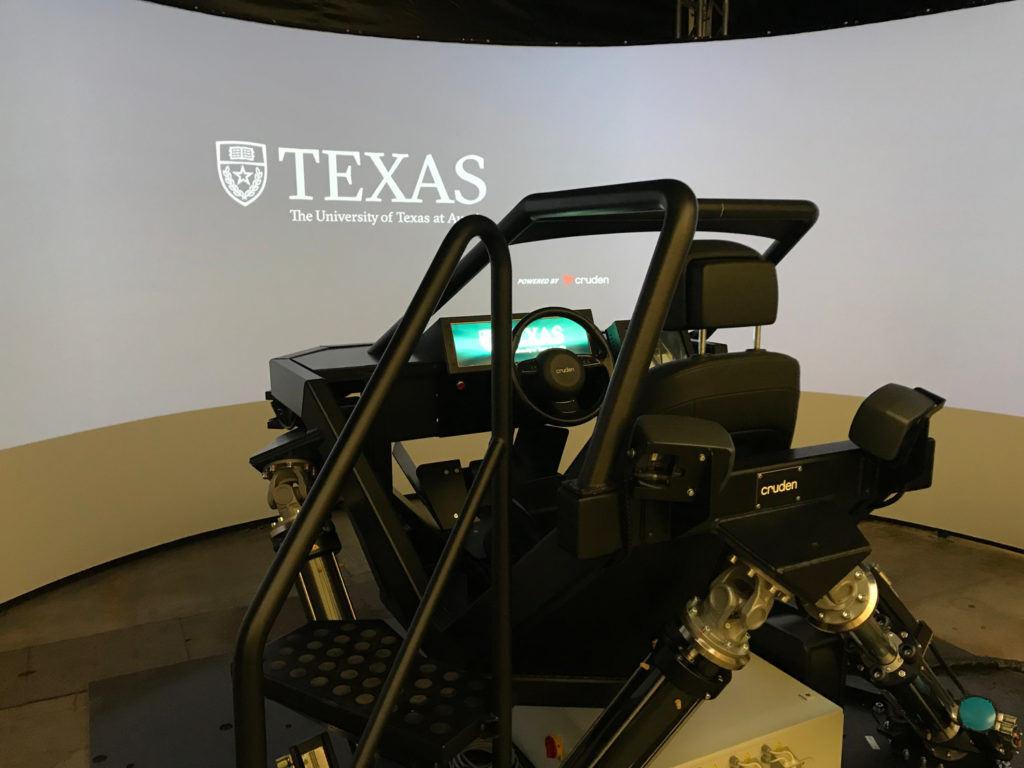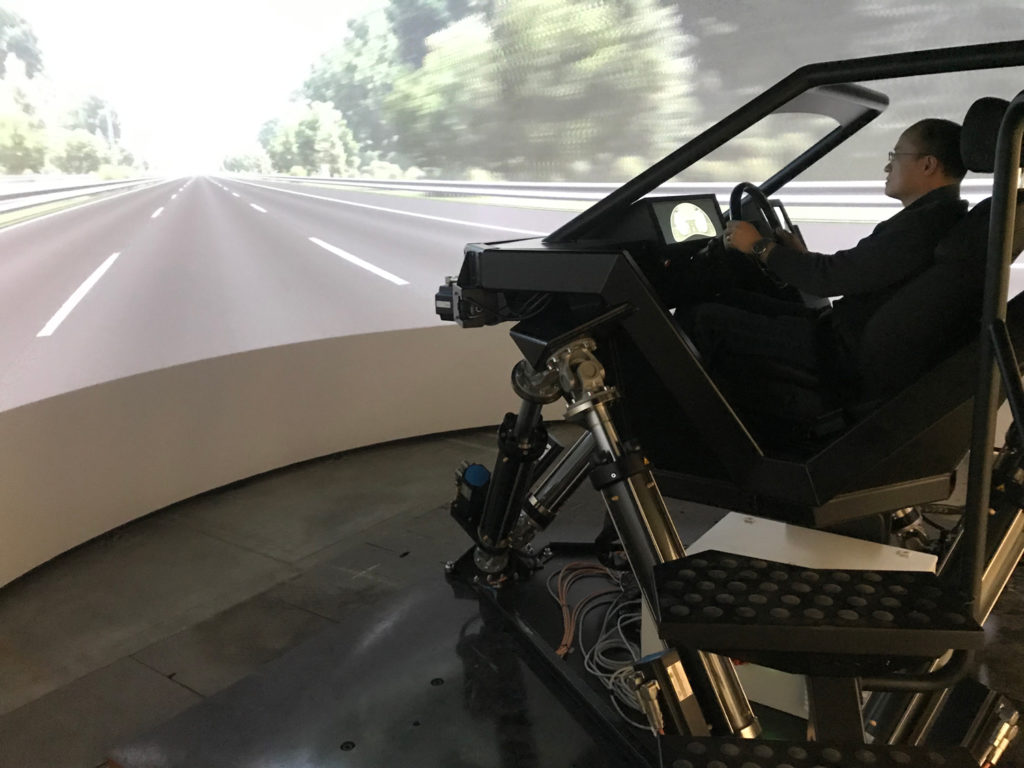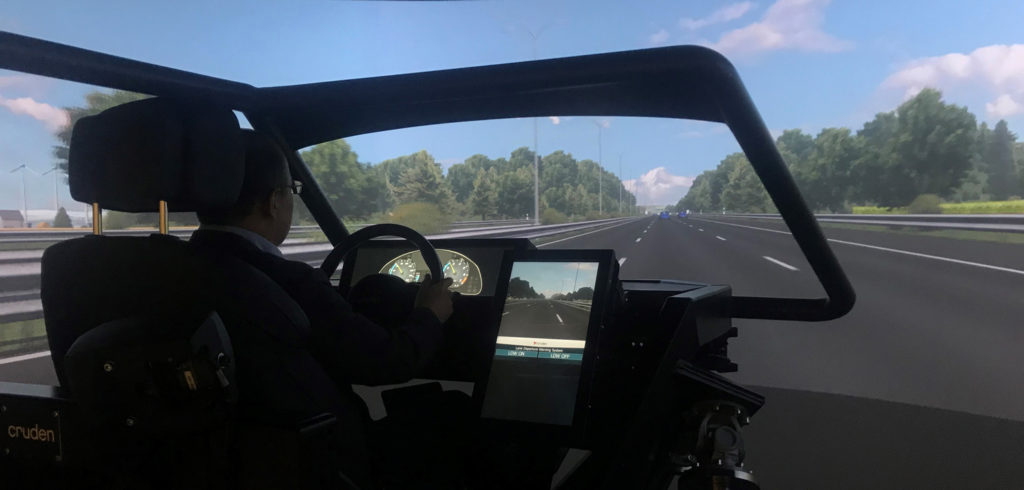Research on autonomous vehicles has been given a boost at the University of Texas at Austin (UT-Austin) following the installation of a fully integrated, high-fidelity driver-in-the-loop simulator.
Cruden, a leading designer and manufacture of professional, open architecture HIL/DIL simulators, worked in close cooperation with the UT-Austin to specify the simulator to help facilitate groundbreaking academic work in AV development.
The university’s requirements for an automotive simulator that combined HIL and driver-in-the-loop (DIL) systems meant specifying a bespoke unit capable of rendering a multitude of driving environments and vehicle types easily and seamlessly, and as close to reality as possible.
The Cruden simulator integrates with UT-Austin’s existing dSpace Scalexio modular real-time hardware simulation system and the dSpace ASM vehicle and traffic model.
 The system is prepared for multi agent simulations to assess traffic scenarios with multiple ego vehicles, including their sophisticated vehicle dynamics. They can communicate with each other for V2V applications, for example. This combination of multi agent simulation and DIL simulator is an industry first that has significant potential in subjective and objective scenario examinations and for research into future mobility programs. The result is a realistic representation of real-life events with humans behind the simulator controls.
The system is prepared for multi agent simulations to assess traffic scenarios with multiple ego vehicles, including their sophisticated vehicle dynamics. They can communicate with each other for V2V applications, for example. This combination of multi agent simulation and DIL simulator is an industry first that has significant potential in subjective and objective scenario examinations and for research into future mobility programs. The result is a realistic representation of real-life events with humans behind the simulator controls.
“The Cruden system affords us the luxury of testing and validating autonomous vehicle control systems exclusively or as part of a wider scope of research where human behaviors and interactions with these systems are repeatedly monitored and observed in real time. The flexibility and ease at which the hardware and software works together enables us to conduct repeatable and measurable research on accurate representations of the vehicles, the prevailing driving environment and numerous scenarios in which a driver may encounter,” said Professor Junmin Wang of the UT-Austin’s Mobility Systems Laboratory at the Department of Mechanical Engineering and Accenture.
“UT-Austin is one of just a few universities in the USA to have a dynamic motion-based system such as this and it will enable our faculty to accelerate our research capabilities in to future autonomous technology. We need to equip our students with the knowledge and expertise that employers are already demanding. Having a specialized tool such as this, enables us to train the next generation of engineers in a connected world.”
With the advanced specification and system flexibility to integrate any number of variables, UT-Austin expects to forge closer ties with more automotive OEMs and Tier 1 suppliers on future research and development projects.



